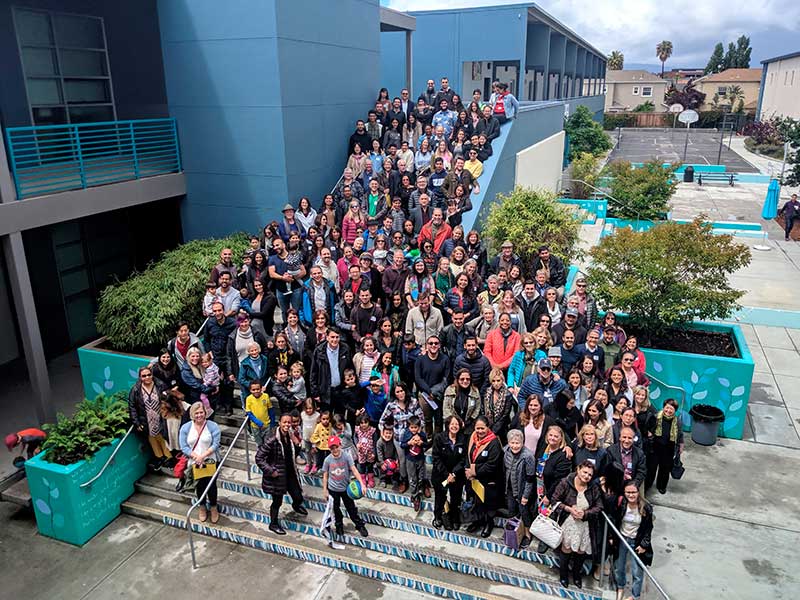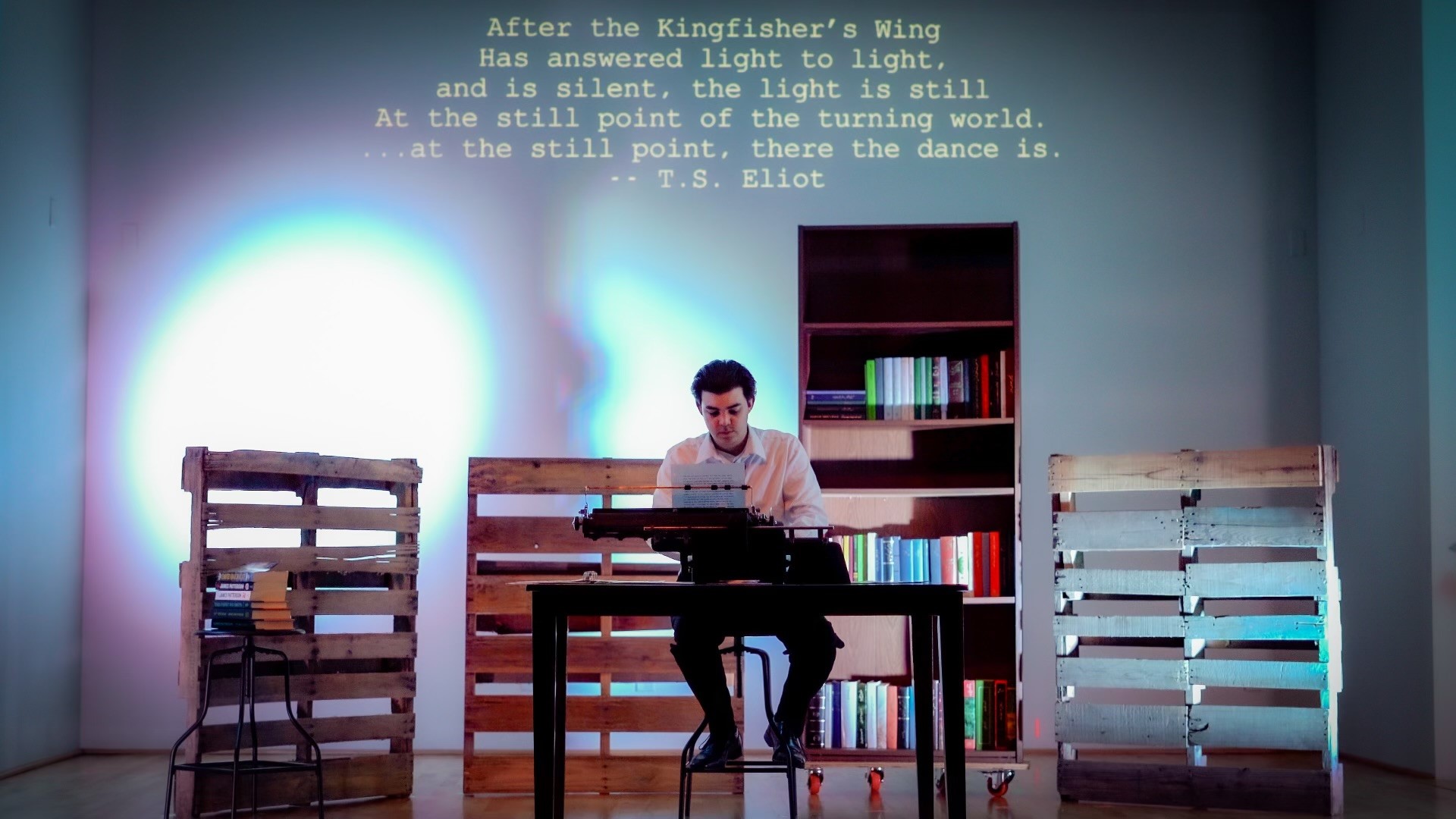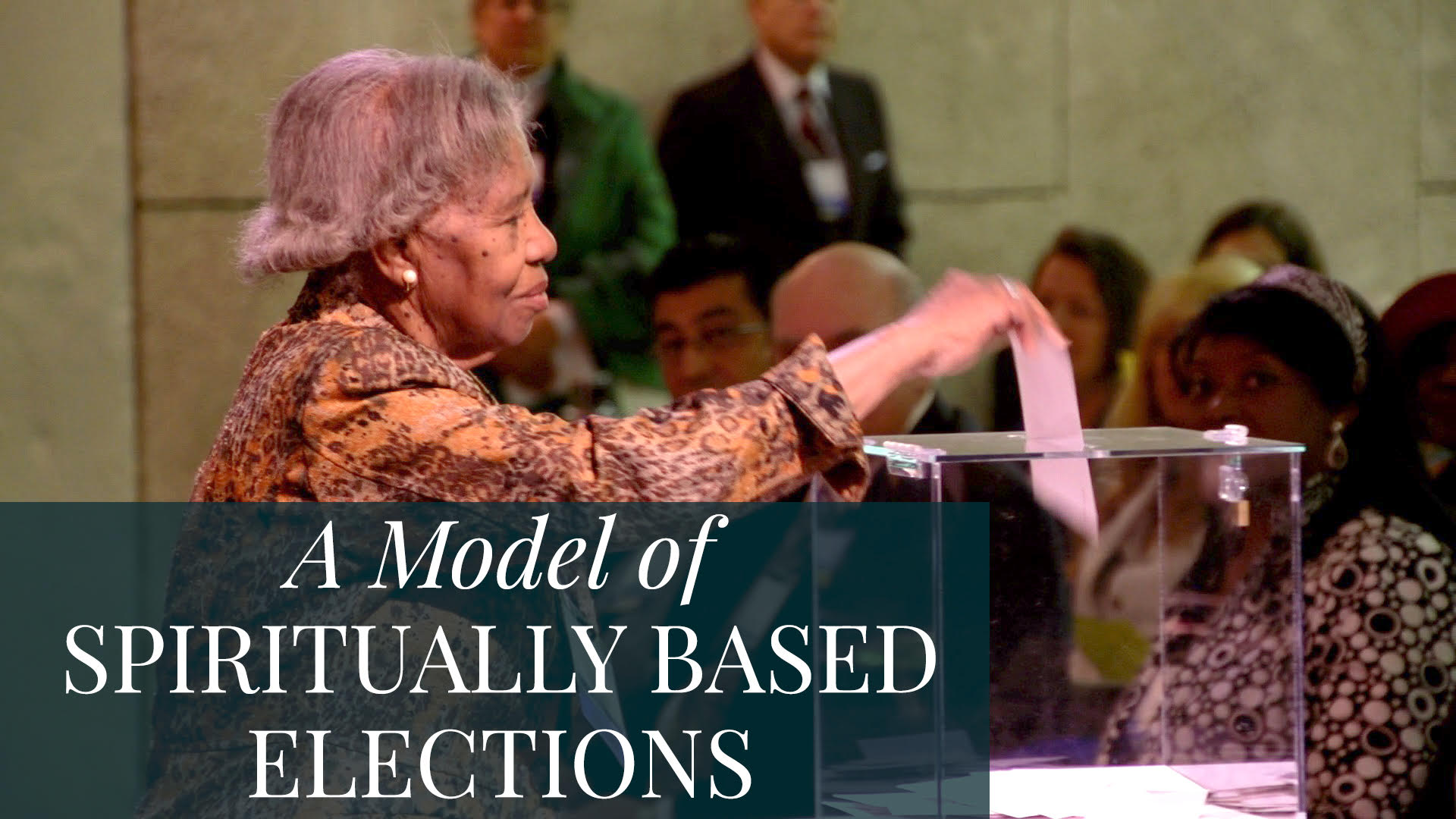
Idaho initiative helps youths explore paths of service
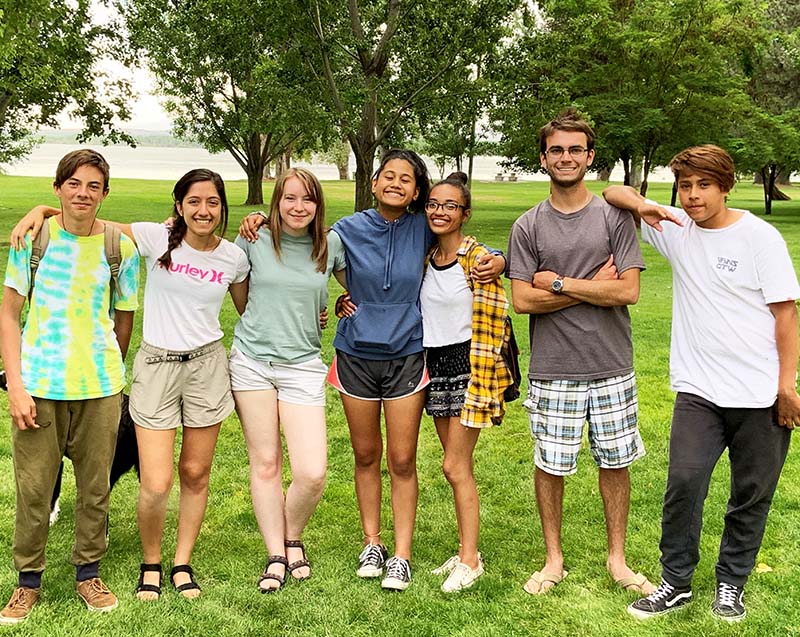
For some years, Baha’is and friends in western Idaho have systematically built relationships and created spaces in people’s homes for prayer and spiritual education.
These efforts intensified starting a few months ago in two Treasure Valley neighborhoods. As a result, significantly more people were involved in that enterprise as summer turned to fall.
Much of this growth came from carrying out a detailed plan to involve many more youths and young adults in starting and conducting these activities, aimed at giving neighborhood residents opportunities to play their part in building community.
At the same time the young people — most from the Boise area, with one from the Nez Perce Reservation — gained capacities for elevating conversations and building community in their own lives.
Young adults Wyatt Morgano of Caldwell and Yasaman Parthor of Boise spearheaded the youth initiative, says Barbara Whitbeck, secretary of the committee that coordinates Baha’i-initiated community building in the two-county Treasure Valley area.
“Prior to the summer starting, Wyatt and Yasaman spent their time working diligently talking to youths they already knew, creating goals we wanted to reach over the summer and a schedule for the next few months and daily schedules,” relates Whitbeck.
“They planned for the youths to spend every day together doing things such as studying, deepening on the Word of God, service, fun activities, and outreach.”
Activity builds vision, which nourishes activity
Whitbeck says the intensity and diversity of activity was designed to help young people identify paths of service going forward.
Youths coming into the process were able to experience all of the core activities of community building — children’s classes, junior youth groups, study circles and devotional gatherings. And that, she says, “was really good for building vision.”
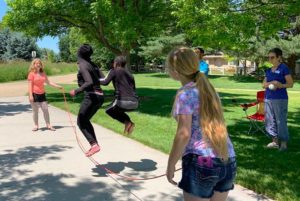
“It helped them see the different paths of service and how they fit into the process. Over time, once they saw these avenues, they got to decide what capacity they wanted to serve in.”
The youths also gathered regularly to reflect on their service. At one such gathering, parents were given an overview of what lay ahead for their sons and daughters.
“It was amazing to get the whole family involved,” says Parthor. “Not only did it hold the youths accountable for being a part of this movement, but also the parents found ways to become a part of the process by either starting their own devotional, providing rides for the youths, opening up their homes for gatherings, and meals when needed.”
In early June the youths participated in a junior youth camp as role models for middle-schoolers. They followed up immediately through an outreach campaign in Boise’s Mt. Vernon neighborhood.
“They learned how to have conversations about the Faith and the [training] institute process,” says Whitbeck. The training institute is a sequence of courses to prepare people to conduct service activities. “They also got to see how we build bonds of friendship with new people in a neighborhood.”
The Mt. Vernon neighborhood is home to a Baha’i family from the Congo, among many immigrants and refugees. Results of the summer’s activity there include an English class and a children’s spiritual education class, both held regularly. A junior youth group is being organized.
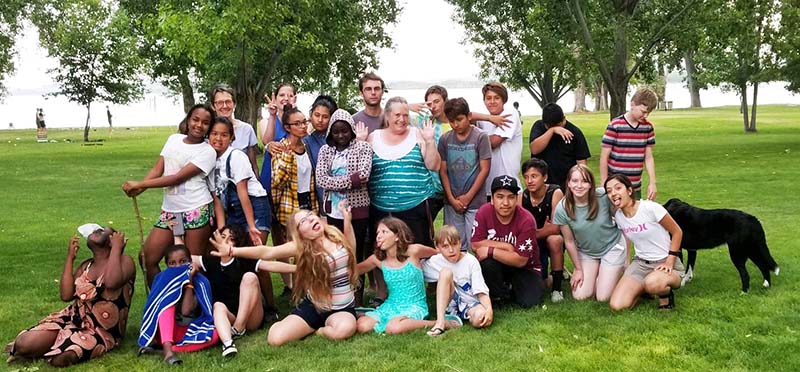
With those activities established, the youths turned their focus a few miles west to the Farmway Acres neighborhood in Caldwell, where community-building activities already had momentum. It took some time, but the youth team was “persistent and fearless” in forming friendships with young neighborhood residents that have lasted since, Whitbeck notes.
In both neighborhoods, the youth team continued to visit and assist children’s classes and junior youth groups as the summer went on. They even joined a junior youth group in volunteering at an animal shelter.
Two-week youth camp
But soon it was time for the youths’ own camp, and in the run-up they visited the homes of peers to enlist their participation.
Parthor describes the youth camp as “two weeks of intense study and field work.”
The first week was a sleep-over camp in suburban Eagle. Daytimes were devoted to study of Reflections on the Life of the Spirit, Book 1 in the Ruhi training curriculum.
The “field work” at night centered on service practices the book prescribes, says Parthor: “The participants learned to plan and host their own devotional and how to study a prayer with someone.”
Group activities included art, sports, games and music. “Being together every day for a week really brought us closer as a group,” she says. “We learned that the best friendships and strongest bonds come from service and studying the Word of God together.”
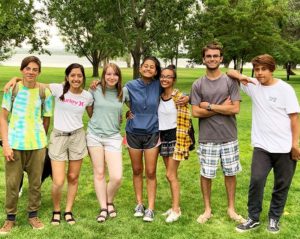
The second week, campers stayed in their own homes and met each day in Garden City. Each one chose to study Ruhi Book 3, Teaching Children’s Classes, Grade 1, or Book 5, Releasing the Powers of Junior Youth. Evenings were devoted to observing children’s classes or junior youth groups, often depending on the path of service they were studying.
One expectation was that the young people would talk with their families about their summer’s activity and learning. This might lead to entire families increasing their involvement in community-building activity this fall and beyond.
They can look back at their own development as well. “We built stronger bonds of friendship and deepened our understanding of working in specific fields of service,” says Parthor.


